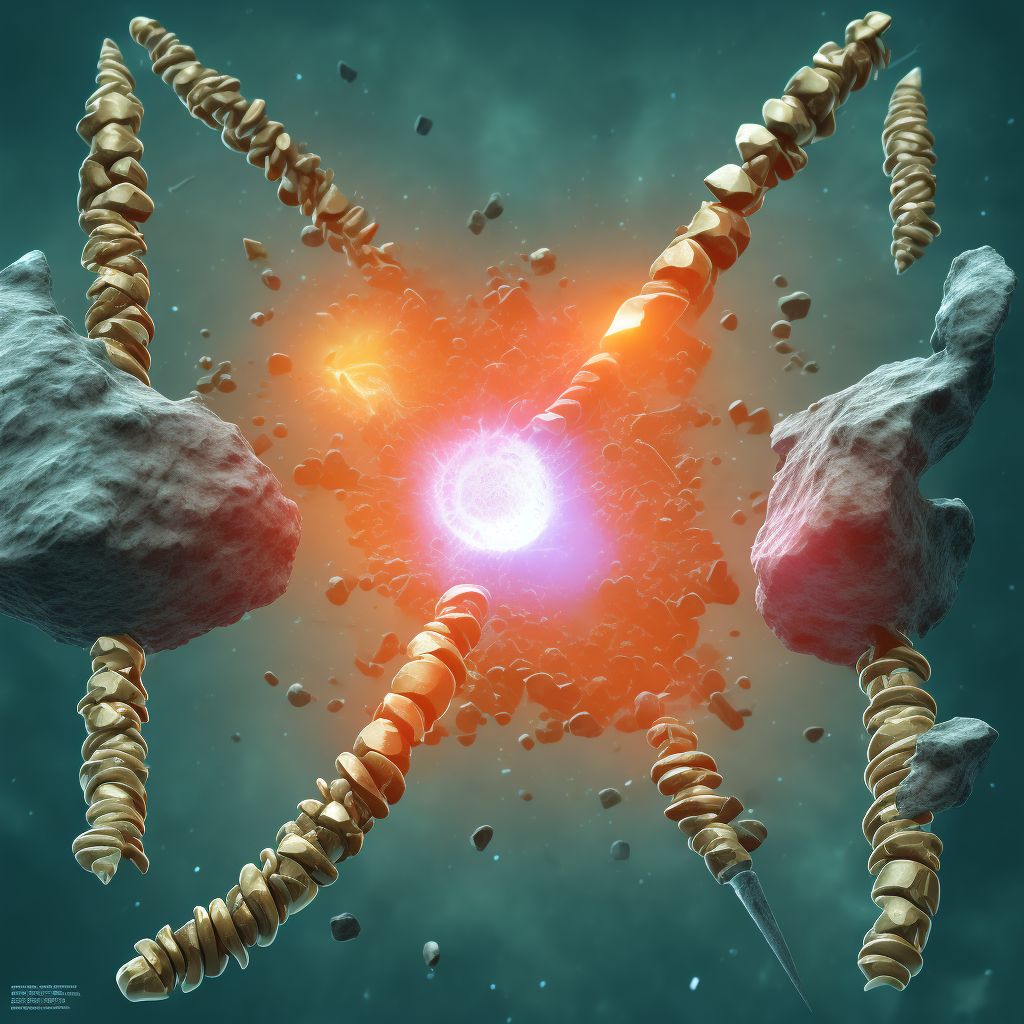
Nondisplaced spiral fracture of shaft of unspecified tibia, subsequent encounter for closed fracture with routine healing Save
ICD-10 code: S82.246D
Disease category: S82.246: Nondisplaced spiral fracture of shaft of unspecified tibia
Nondisplaced Spiral Fracture of Shaft of Unspecified Tibia: Understanding the Subsequent Encounter for Closed Fracture with Routine Healing
When it comes to bone fractures, one common type that individuals may encounter is the nondisplaced spiral fracture of the shaft of the unspecified tibia. In this article, we will explore the subsequent encounter for a closed fracture with routine healing, shedding light on the importance of proper care and understanding the healing process.
Fractures occur when bones are subjected to excessive force or stress, causing them to break. In the case of a nondisplaced spiral fracture, the bone breaks in a helical pattern, resembling a corkscrew. The shaft of the tibia, also known as the shinbone, is the long bone located in the lower leg.
After an initial encounter with a healthcare professional resulting in a closed fracture diagnosis, subsequent encounters refer to follow-up visits to monitor the healing progress and ensure no complications arise.
During the subsequent encounter, healthcare providers may perform a thorough examination, including physical assessments, imaging tests, and evaluations of the patient's range of motion and pain levels. These assessments help determine if the fracture is healing as expected and if any adjustments to the treatment plan are necessary.
- Monitoring Healing Progress: Regular visits to the healthcare provider allow them to assess the bone's healing process. X-rays may be taken to observe the alignment and stability of the fracture.
- Managing Pain and Discomfort: Pain management is an essential aspect of the subsequent encounter. Healthcare professionals may suggest pain medications or recommend physical therapy exercises to improve mobility and reduce discomfort.
- Providing Support and Education: Patients will receive guidance on proper self-care practices, such as keeping weight off the injured leg, using crutches, or wearing a cast or brace if necessary. They will also be educated on the importance of following a healthy diet and maintaining a well-balanced lifestyle to support bone healing.
It is crucial to note that the subsequent encounter for a closed fracture with routine healing does not involve treatment interventions, as the fracture is healing naturally. However, any concerns or complications that arise during the healing process should be promptly discussed with the healthcare provider.
In summary, a nondisplaced spiral fracture of the shaft of the unspecified tibia requires regular subsequent encounters to ensure proper healing. By closely monitoring the progress and providing necessary support, healthcare professionals can help patients recover and regain their mobility without complications.
Treatment of Nondisplaced spiral fracture of shaft of unspecified tibia, subsequent encounter for closed fracture with routine healing:
Treatment Options for Nondisplaced Spiral Fracture of Shaft of Unspecified Tibia
A nondisplaced spiral fracture of the shaft of the unspecified tibia refers to a type of fracture that occurs when the bone breaks in a spiral pattern without any significant displacement. This injury can be quite painful and may require medical intervention for proper healing. In this article, we will...
To see full information about treatment please Sign up or Log in